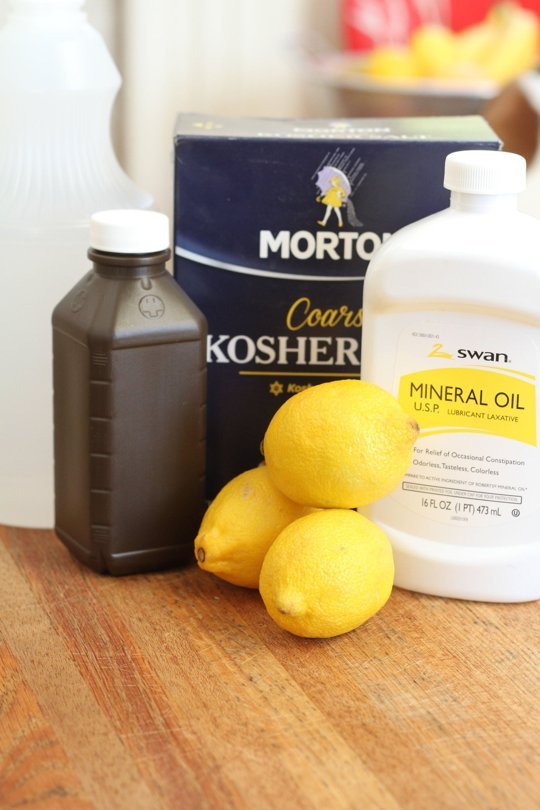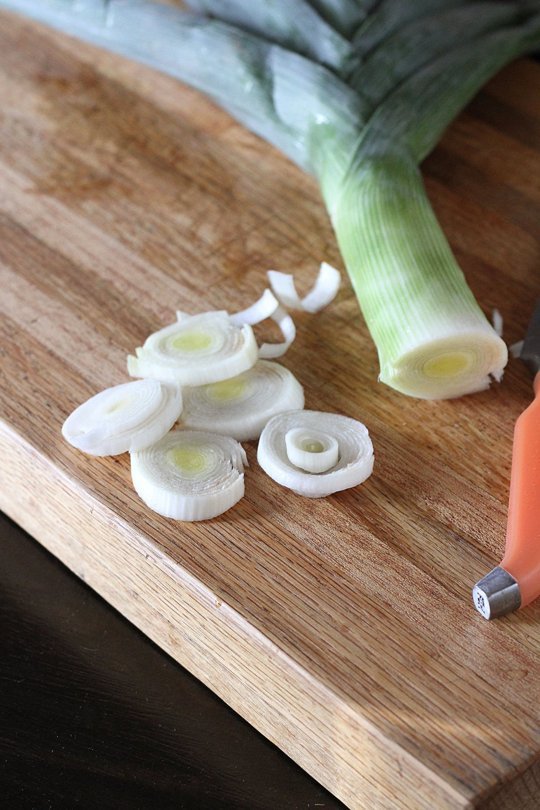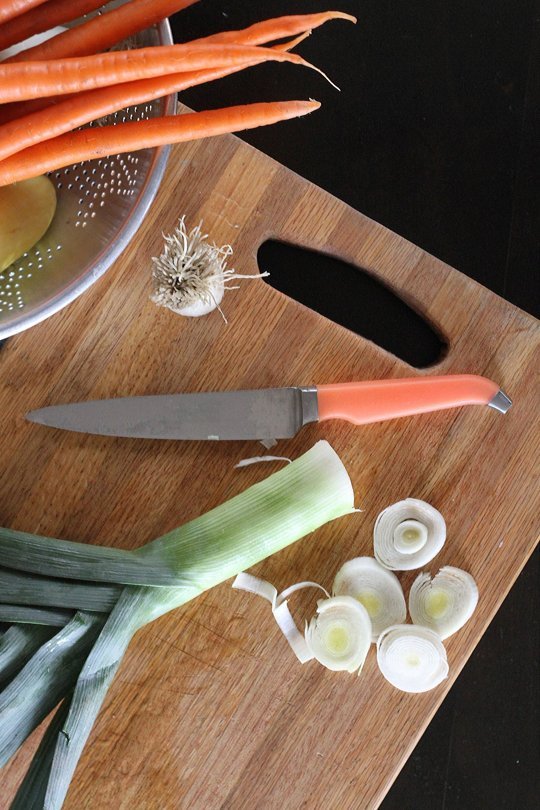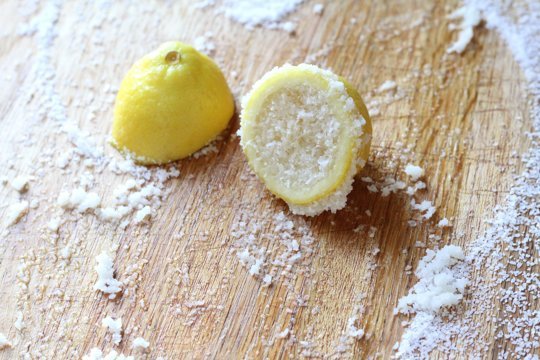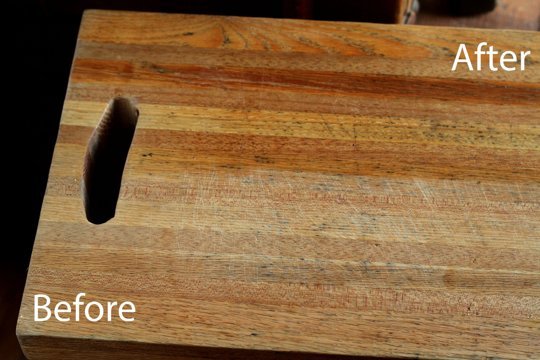Your Cutting Board Smelly and Full of Germs! EWW! Clean it Quick! Like This...

My wood cutting board gets a lot of action. Everything from chicken and pork to garlic and onions to cheeses and fruits. While I wouldn't choose any other material on which to prepare my food, wood cutting boards tend to hold in smells and bacteria more than some of the alternatives and require much more work to maintain. So, from my kitchen to yours, this is How To Clean, Deodorize And Condition Wood Cutting Boards Naturally. Because, there really is no point to having a beautiful wooden cutting board that you don't use for fear or cross-contamination due to a lack of understanding regarding how to properly care for your board.
A cutting board is a durable board on which to place material for cutting. The most common is the kitchen cutting board, used in preparing food. Kitchen cutting boards are most often made of wood or plastic. There are also cutting boards made of glass, steel or marble. The latter tend to be far easier to clean than wooden or plastic (such as nylon or corian) but also tend to damage knives due to their hardness. A knife edge is a very delicate structure and can be easily blunted by too abrasive a surface and can also be chipped if used on a surface that is too hard. A good cutting board material should be soft, easy to clean and non-abrasive, but not fragile to the point it can be easily destroyed. Wood has many advantages over plastic in that it is somewhat self-healing; shallow cuts will actually close up on their own. It also has natural anti-septic properties but require a lot of care.
To properly clean, deodorize and condition wooden cutting boards, all you will need is vinegar, water, hydrogen peroxide, coarse sea salt, lemon and mineral oil. The first step is to clean your board by wiping it with a vinegar and water dampened cloth to loosen any leftover food residue. White vinegar is often used as a household cleaning agent. Because vinegar is acidic, it can dissolve mineral deposits. It is also reputed to have strong antibacterial properties. One test by Good Housekeeping's microbiologist found that 5% vinegar is about 90% effective against mold and 99.9% effective against bacteria. Though another study showed that vinegar is less effective than Clorox or Lysol, you don't want to use these products to clean the area on which you prepare your food. Best of all, vinegar is an environmentally-solution for many household cleaning problems. Afterwards, you will want to use hydrogen peroxide to further cleansing and removal of bacteria.
Another step to deodorize, is to use coarse sea salt. Sprinkling sea salt all over the board will help to draw out moisture and any lingering bacteria. It is best to let the sea salt sit overnight (or at least for a few hours). If you remember, as a child, your mother making you gargle with salt water to help remove the bacteria when you had a sore throat, using salt on your wooden cutting board is much the same process. Afterwards you will use a lemon to juice and scrub with the sea salt. This should get rid of any nasty smells and replace them with the clean smell of lemon!
The amount of usage your cutting board sees and the climate where you live will both determine how often your board needs to be conditioned after cleaning. The secret is mineral oil, which you should apply with a soft cloth (you can also use walnut or almond oil, but don't substitute for olive or vegetable oils since they'll turn rancid quickly, and that's what you want to avoid). And that's really it. It's really that simple to clean, deodorize and condition your wooden cutting board!
Learn MORE / Get RECIPE at Apartment Therapy
To help with slow website load, we have put all photos for this article here: View photo gallery.
